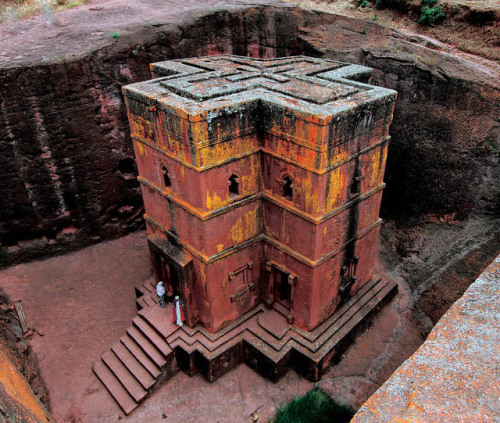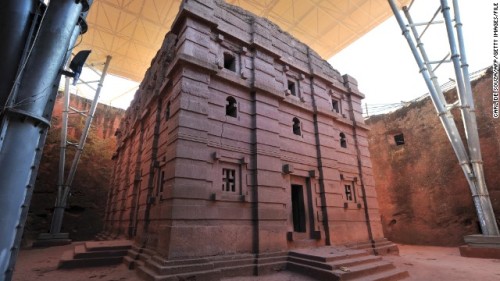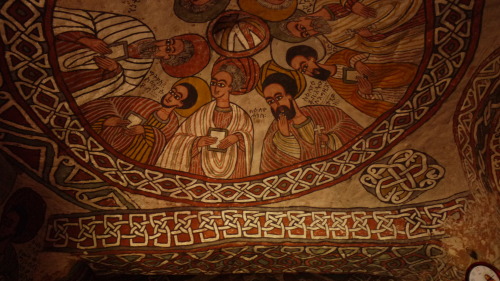The Rock Hewn Churches of Ethiopia,One of the forgotten centers of Christianity, Ethiopia has an anc
The Rock Hewn Churches of Ethiopia,One of the forgotten centers of Christianity, Ethiopia has an ancient history that can be traced back to Biblical times. In the 4th century AD Christian missionaries flocked to the ancient kingdom, establishing a rich Christian heritage that now forms the foundation of the Ethiopian Orthodox Church. While Islam spread throughout the Middle East and North Africa, the Christian tradition continued in Ethiopia, with many Europeans thinking of Ethiopia as a “New Jerusalem”.In the 12th and 13th centuries near the modern day village of Lalibela, a group of Coptic and Ethiopian Christians established a large religious center complete with monasteries and 11 churches. However, the churches of Lalibela were unlike any other in all of Christendom. Carved out of solid rock, the churches of Lalibela were built from the top down rather than the bottom up. Essentially the engineers of the churches found large solid rock outcroppings, planned the shape and layout of the buildings, then had the workers begin carving downward. An incredible feat of engineering and planning, the carving work alone would have taken years of tedious, exhausting hard work as the Ethiopians would have only had simple iron chisels and tolls, and most likely lacked the help of extraterrestrials.Once the building was carved and shaped out, the workers would have then hollowed out the inside of the building, carving windows, interior spaces, chambers, vaults, domes, and archways. Needless to say, being carved directly out of the solid stone, the churches of Lalibela were made to last. The interior of the churches would have been decorated with Byzantine style icons, portraits, frescos, and mosaics whose color and beauty rival that of Medieval Europe. Much of the artwork is still intact, fastidiously cared for by the monks and clerics who have occupied the grounds for hundreds of years.In addition to the art and architecture of the rock hewn churches, the placement of the churches was not random or arbitrary. Rather, the churches were built to take advantage of an artesian well system. An artesian well is a well drilled into an aquifer that is under pressure from various layers of rock strata. Due to this pressure, the water will have a tendency to rise to the surface when a well is drilled. It is possible that the residents of the churches had running water which was supplied by the artesian system. It is quite clear that the Medieval Ethiopians were talented geologists as well as engineers.For centuries the rock hewn churches have been a focal point of pilgrimage for Coptic and Ethiopian Christians. Even today, the churches are still used and serve as a center of holy pilgrimage. Today the rock hewn churches of Lalibela are protected as a UNESCO World Heritage site. Threats to the churches include encroaching development and damage done by tourists. A few of the churches also have structural problems which the UN and Ethiopian government are working to fix. -- source link
Tumblr Blog : peashooter85.tumblr.com
#history#ethiopia#ethiopian christianity#architecture#middle ages#medieval ethiopia#art#building#construction#churches#ethiopian history#africa#african history




